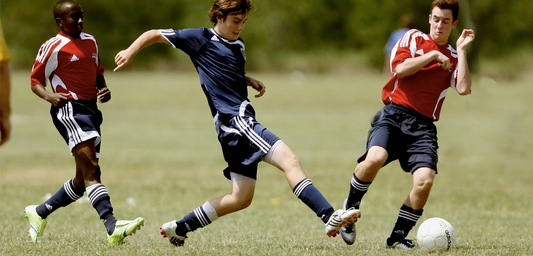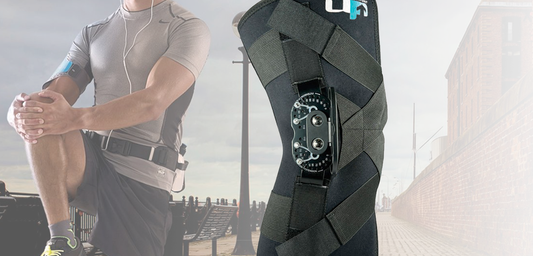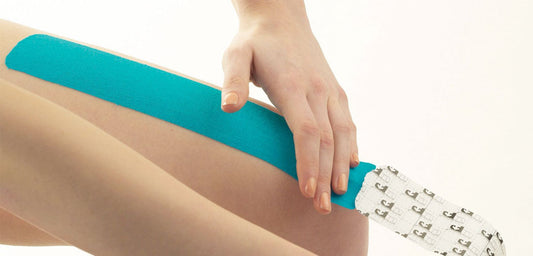
Kinesiology Tape For Achilles Pain
Share
Applying kinesiology tape for Achilles pain helps provide support, reduce inflammation, and alleviate pain. Here's a step-by-step guide on how to apply kinesiology tape for Achilles pain:
Which Achilles injuries is K-tape suitable for?
This simple Achilles tendon taping technique is great for Achilles tendonitis/tendinopathy, tenosynovitis and minor Achilles tendon tears as well as the later stages of recovery from a more serious torn Achilles tendon.
What materials do I need?
- Kinesiology tape
- Scissors
- Clean, dry skin
- A mirror (optional)
How to apply Kinesiology tape for Achilles pain
Follow these simple steps:
Prepare the area
Start by cleaning the skin around the Achilles tendon thoroughly to remove any dirt, oil, or lotion. In particular, the area completely.
Measure and cut the tape
Cut a piece of Ultimate Performance kinesiology tape long enough to cover from under your heel to the top of your calf muscles. Generally, a strip between 12 to 18 inches should suffice. Then, trim the ends of the tape into rounded edges. This helps it stick and prevents the tape from peeling prematurely.
Position your foot
Sit or stand in a comfortable position. You may find it helpful to use a mirror to see the back of your leg while applying the tape. Allow your foot to relax in a neutral position, slightly plantar flexed (pointing downwards).
Apply the tape
Start by anchoring one end of the tape under your heel. Then, apply the tape with no stretch or tension as it passes under your heel. Gradually peel the backing off the tape as you apply it.

As you work your way up, apply slight tension to the tape, but be cautious not to pull too hard, as excessive tension may cause discomfort or skin irritation. Secure the top end of the tape with no tension, similar to how you started.
Gently rub the tape with your hand to activate the adhesive and ensure it sticks securely to your skin. Ensure there are no wrinkles or bubbles in the tape. Smooth them out if you notice any. You should be able to move your foot comfortably without the tape restricting your range of motion.
Secure the middle part of the tape around your Achilles tendon to ensure it stays in place when you move.

If done properly this quick and easy Achilles tendon taping technique reduces the strain on your tendon, helping it rest and recover if you have to be on your feet.
Important
Remember that kinesiology tape should not cause any discomfort or skin irritation. If you experience any adverse reactions, remove the tape immediately. You can typically wear kinesiology tape for several days, but it's essential to monitor your skin and remove the tape if you notice any problems. Additionally, consult a healthcare professional if your Achilles pain persists or worsens.




